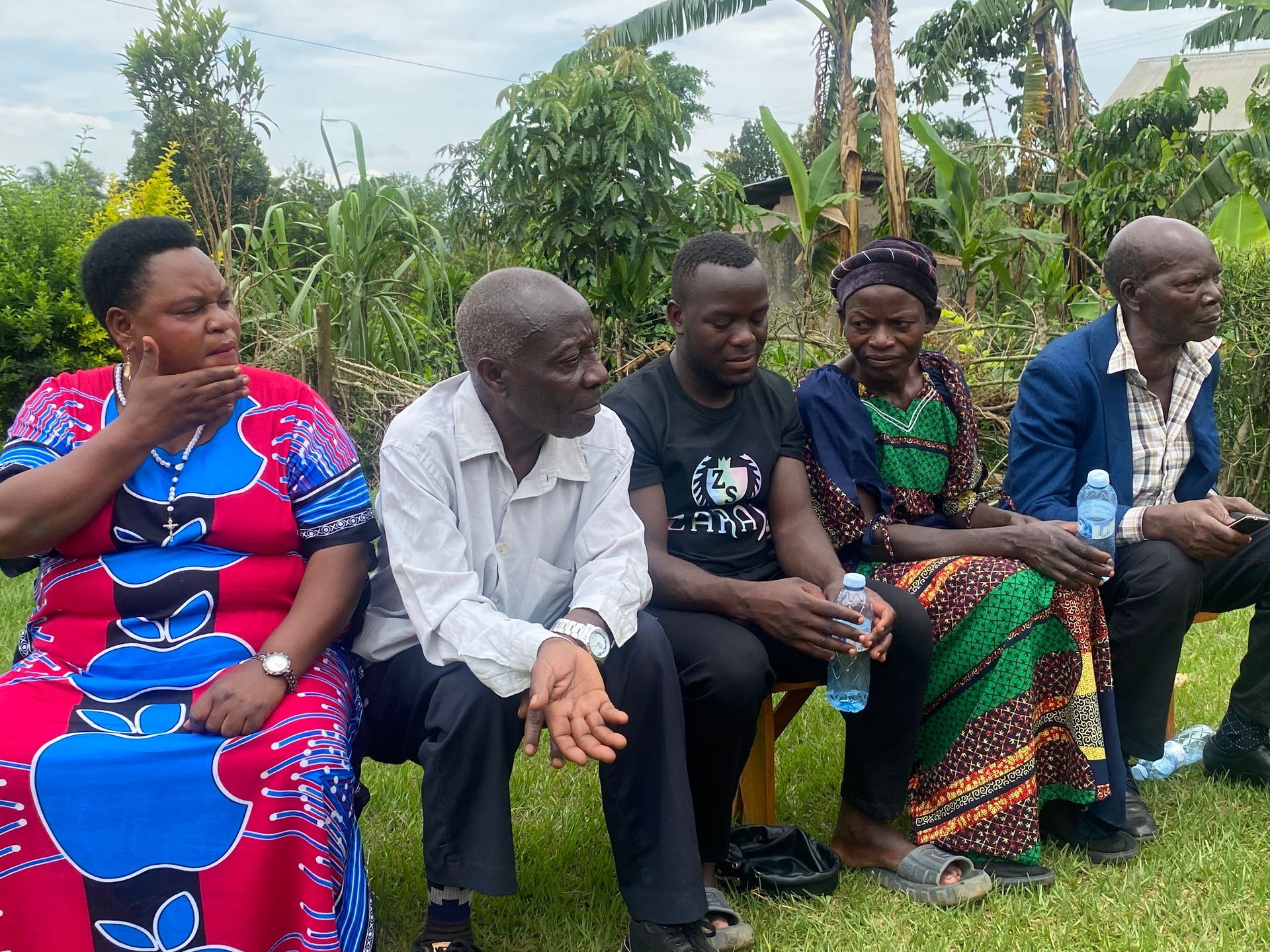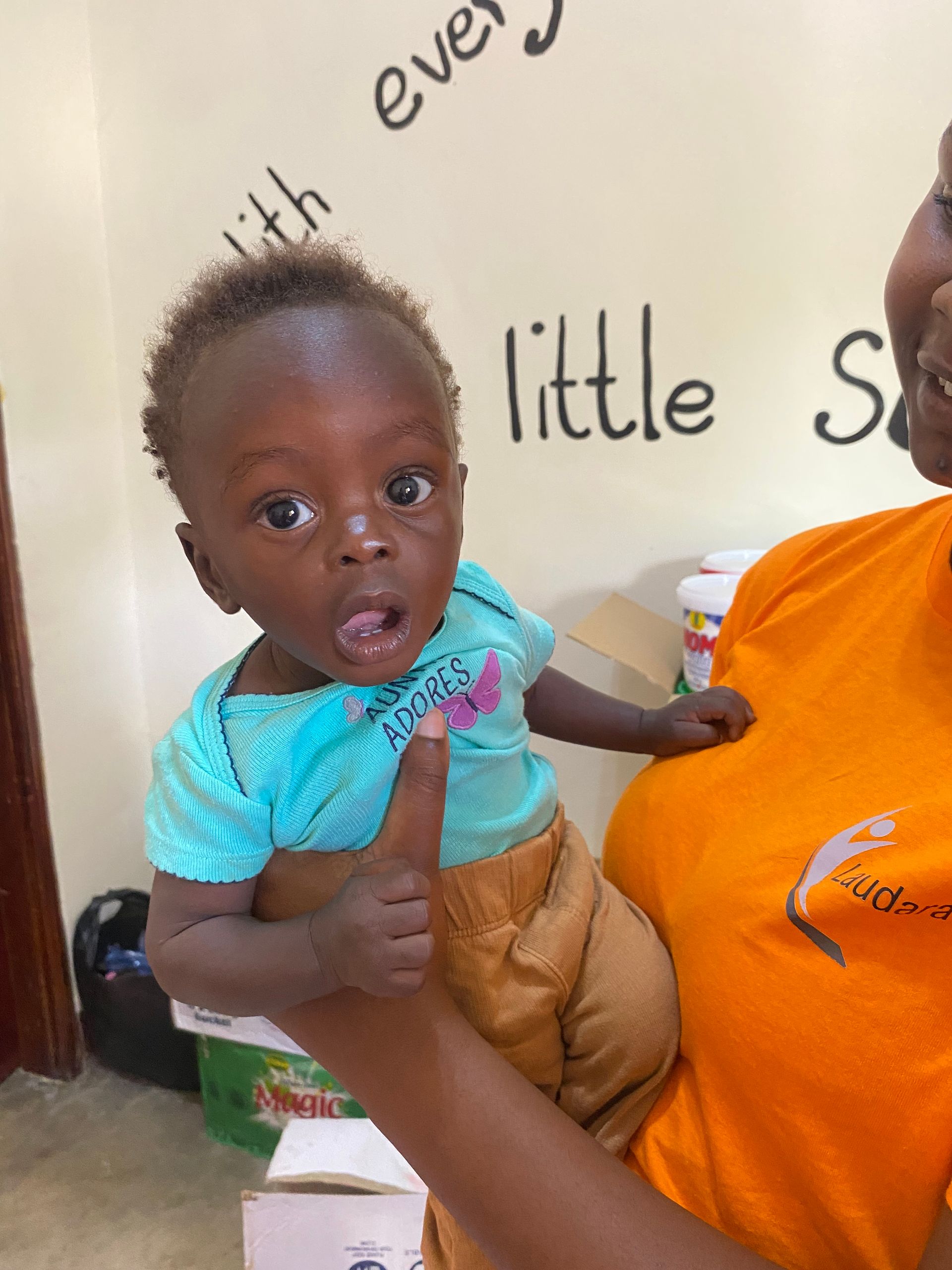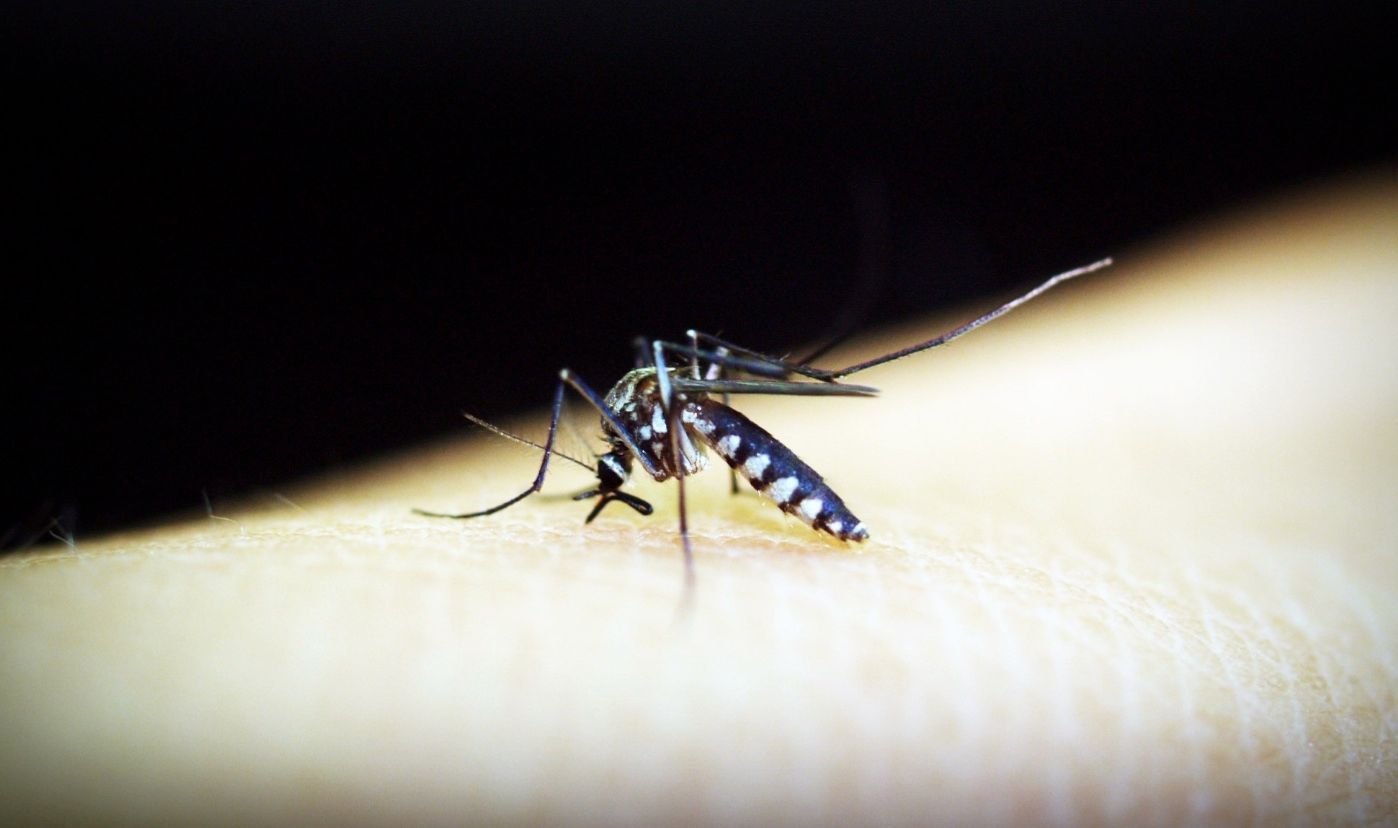This is a subtitle for your new post
At the heart of Uganda’s agriculture, a quiet change is taking place. As local communities face critical nutritional challenges, traditional crops like millet are receiving special focus for their potential to address both food security and sustainability. At Laudara Foundation, we have seen firsthand how various agricultural choices can have a lasting impact on the well-being of the community, particularly in regions like Ndegeya. However, the problem is stark: recent research indicates that 6.3% of Ugandan households are food insecure, while 21% are on the verge of food insecurity due to poverty, inequality, and drought (Akumu et al., 2023).
Understanding Uganda's Nutritional Challenge
Traditional Ugandan diets for many generations centered around staples like matoke (green bananas), cassava, and maize. However, recent research by the African Journal of Food and Agriculture, Nutrition, and Development shows hat these dietary patterns are changing, particularly in urban areas. Despite Uganda producing enough food to feed its own population, approximately 29% of households still face food insecurity. Due to restricted access to a variety of nutrient-dense foods, this disparity is mostly caused by unbalanced diets, especially in rural areas.
Dietary patterns show that most Ugandans rely heavily on starch heavy staples, with cereals and their products contributing 29.3% of daily energy consumption, followed by roots and tubers (16%), plantains and bananas (12.4%), pulses and nuts (11.7%), and oils and fats (9.5%)(Akumu et al., 2023). While these foods provide basic calories, they often lack essential micronutrients, resulting in nutritional deficiencies in many households.
Why Millet Matters
Millet, particularly finger millet (Eleusine coracana), has been a traditional crop in Uganda for generations. Recent studies highlight its exceptional nutritional profile as:
- Rich in iron and zinc, which are essential minerals that often are lacking in modern diets (Revoredo-Giha et al., 2022).
- High protein content compared to other cereals found (Revoredo-Giha et al., 2022).
- Excellent source of dietary fiber, which promotes digestive health (Revoredo-Giha et al., 2022).
- Contains important B vitamins, including niacin and riboflavin (Revoredo-Giha et al., 2022).
Understanding Uganda’s Millet Crisis
Once a staple in Uganda, millet, especially finger millet, is a nutritious and drought-resistant crop. However, its consumption has sharply declined over time due to the rise of maize and rice, which are commercially more available but unfortunately lack the same nutritional and climate resilience that millet has. This decline in growing millet threatens the national diet and food security.
Several factors help contribute to this decline:
- Changing Consumer Preferences. There has been a shift, not just local but also globally) towards processed and non-traditional foods, which as a result has reduced the demand for millet (Revoredo-Giha et al., 2022).
- Price and Market Access. The high cost of millet and limited market opportunities have made it less accessible to the public, especially for poorer households (Revoredo-Giha et al., 2022).
- Climate Change. Even though millet is drought-resistant, growing it has declined due to a shift in agricultural practices and a preference for more profitable, yet less resilient, crops. (Auma et al., 2019).
The Role of Millet in Sustainable Agriculture
Promoting Millet Consumption
For millet to once again become important to the Uganda’s diet, several steps need to be made. The first priority is lowering its price and increasing its availability to middle- and lower-income households. Also, more research into improving millet yields is important in order for this to happen. This can be achieved through the following:
- Interventions on the supply side. By supporting millet farmers with improved seeds, agricultural techniques, and training on sustainable practices, this can increase crop yields and further reduce costs (Revoredo-Giha et al., 2022).
- Interventions on the demand side: Raising awareness about the health benefits of millet and incorporating it more in the diets can help increase consumer demand. Public health campaigns and community-based initiatives can also help change perceptions about millet, hopefully to one where it is a preferred choice once again (Revoredo-Giha et al., 2022).
- Improving market access. Creating better supply chains and connecting farmers with markets can help millet become more accessible and affordable for consumers across Uganda. It would be the responsibility by both the government and NGOs through policy changes and financial investments.
Laudara Foundation’s Commitment to Millet and Food Security
At Laudara Foundation, part of our commitment is to support agricultural diversification whether the use of underutilized crops like millet or through other sustainable projects in Uganda. We work to empower local farmers by providing the tools, resources, and knowledge needed to cultivate millet more effectively. Our efforts also include and partnerships with local communities and hopefully supporting educational campaigns to provide support.
By supporting millet cultivation, we aim to enhance food security, improve nutrition, and promote sustainable farming practices. This approach aligns with our broader mission to foster self-sustainability in communities across Uganda and beyond.
Together, we can create a more food-secure Uganda, where crops such as millets can play a central role in nourishing future generations.
Sources Cited:
- Akumu, G., Ogenrwoth, B., Mugisha, J., & Muyonga, J. (2023). Dietary patterns in Uganda and their influencing factors: A critical review. African Journal of Food, Agriculture, Nutrition and Development, 23(2), 22328–22353. https://doi.org/10.18697/ajfand.117.22345
- Auma, C. I., Pradeilles, R., Blake, M. K., & Holdsworth, M. (2019). What can dietary patterns tell us about the nutrition transition and environmental sustainability of diets in Uganda? Nutrients, 11(2), 342. https://doi.org/10.3390/nu11020342
- Revoredo-Giha, C., Toma, L., Akaichi, F., & Dawson, I. (2022). Exploring the effects of increasing underutilized crops on consumers’ diets: The case of Millet in Uganda. Agricultural and Food Economics, 10(1). https://doi.org/10.1186/s40100-021-00206-3














